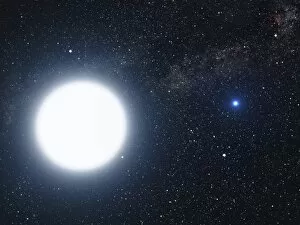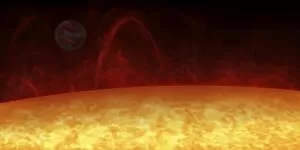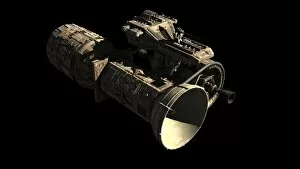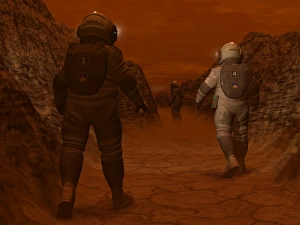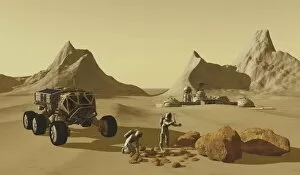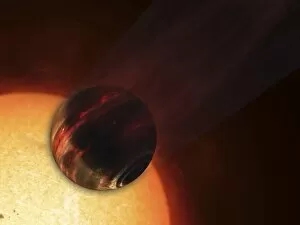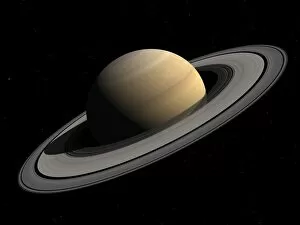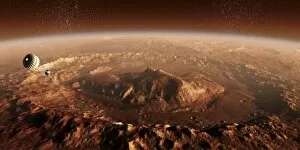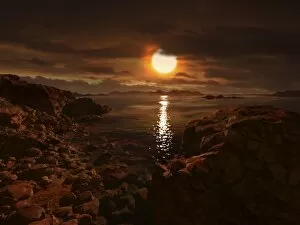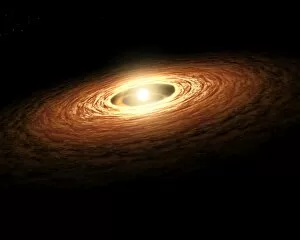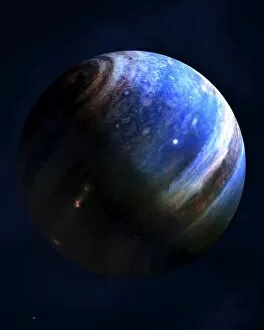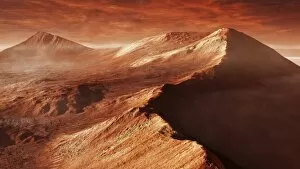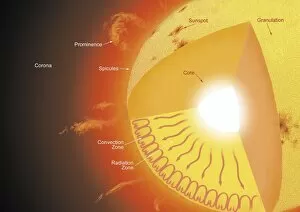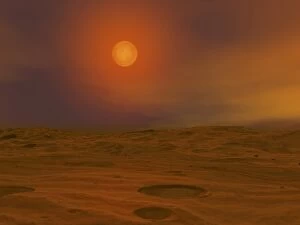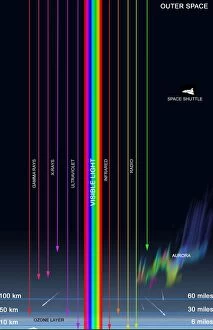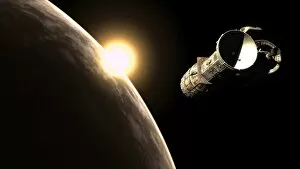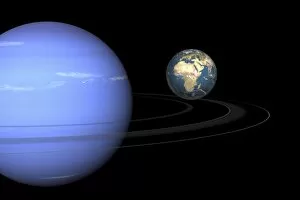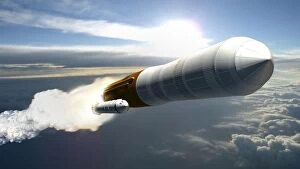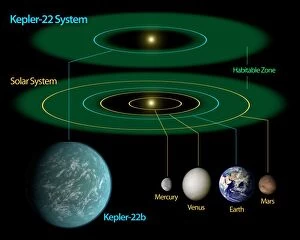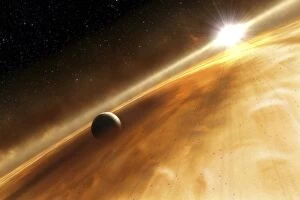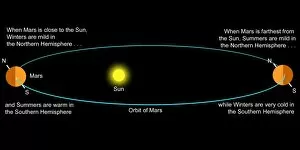Rendition Collection (#3)
"Rendition: A Visual Journey through the Cosmos and Beyond" Step into a world of artistic renditions that transcend boundaries
For sale as Licensed Images
Choose your image, Select your licence and Download the media
"Rendition: A Visual Journey through the Cosmos and Beyond" Step into a world of artistic renditions that transcend boundaries, capturing the essence of celestial wonders and historical events. From distant planets to earthly landscapes, these captivating illustrations offer a glimpse into realms both real and imagined. An artist's concept brings to life the discovery of two Saturn-sized planets by Kepler, their majestic presence evoking awe-inspiring beauty against the backdrop of infinite space. In another rendition, Saturn and Earth stand side by side in perfect scale, highlighting the vastness yet interconnectedness of our universe. Travel back in time as an engraving portrays "The Death of Maharajah Scindiah, " transporting us to a moment steeped in history and intrigue. The meticulous details captured in this artwork allow us to witness a pivotal event from centuries past. Shifting gears, we find ourselves immersed in nature's splendor with a vertical photo painting showcasing Clearwater Beach's pristine white sands. The brushstrokes blend seamlessly with reality, blurring the lines between artistry and reality. Ethel Davies takes us on an intellectual journey through her creation at British Library 2005 - inviting contemplation on knowledge preserved for generations within its walls. This visual representation reminds us that art can be found not only on canvas but also within books' pages. Venturing further into uncharted territories, we encounter a black hole singularity diagram—a mesmerizing portrayal that challenges our understanding of physics while igniting curiosity about what lies beyond our comprehension. Returning to planetary exploration, an artist's concept unveils the Kepler-11 planetary system—an intricate dance between celestial bodies unfolding before our eyes. Its ethereal beauty invites contemplation on humanity's place among these cosmic marvels. In contrast to celestial wonders above, we are confronted with earthly creations as an American orbital weapons platform is depicted—reminding us that human ingenuity extends even beyond our atmosphere.


